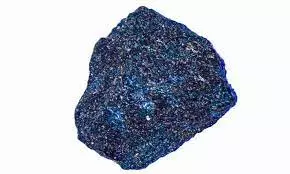
Researchers develop new material, may lead to ultra-efficient electrical grids
text_fieldsNew York: Researchers have been focused on better energy-efficient materials and waste reduction for a while now. And they may have had a breakthrough with a material made from hydrogen, nitrogen, and lutetium.
It is being called "reddmatter" because its colour shifted from blue to red when crushed.
A report in New Scientist says the new material is superconductive at a temperature of 69 degrees Fahrenheit and a pressure of 1 gigapascal. While that is nearly 10,000 higher than the atmospheric pressure on Earth's surface, it is far lower than the pressure suitable to any previous superconducting material. Experts think this new development may lead to ultra-efficient electrical grids and hovering trains.
Professor Ranga Dias at the University of Rochester in New York said: "Let's say you were riding a horse in the 1940s when you saw a Ferrari driving past you-that's the level of difference between previous experiments and this one."
"With this material, the dawn of ambient superconductivity and applied technologies has arrived. A pathway to superconducting consumer electronics, energy transfer lines, transportation, and significant improvements of magnetic confinement for fusion are now a reality. We believe we are now at the modern superconducting era," said researcher Dias in a statement.
The new material is expected to have superconducting properties that can enable power grids to transmit electricity without the loss of up to 200 million megawatt hours (MWh) of the energy that now occurs due to resistance in the wires. It can also lead to frictionless and levitating high-speed trains. It may also be applied to more affordable medical imaging and scanning techniques such as MRI and magnetocardiography, faster electronics for digital logic, and Tokamak machines using magnetic fields to confine plasmas.
The research paper published in the journal Nature describes how three components were combined to create the material. They were pressed between two diamond anvils, a device that compresses materials to extremely high pressures.






















